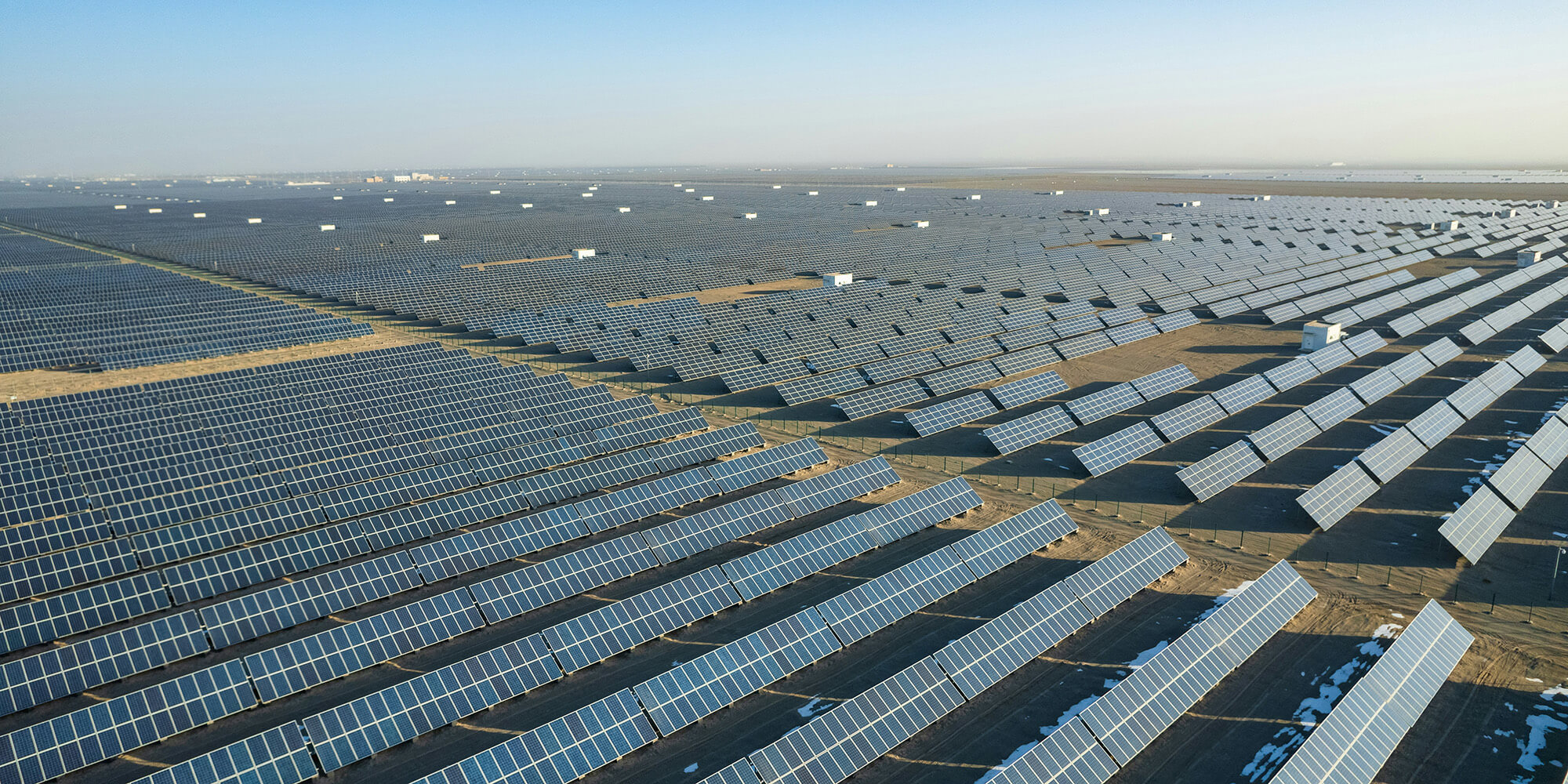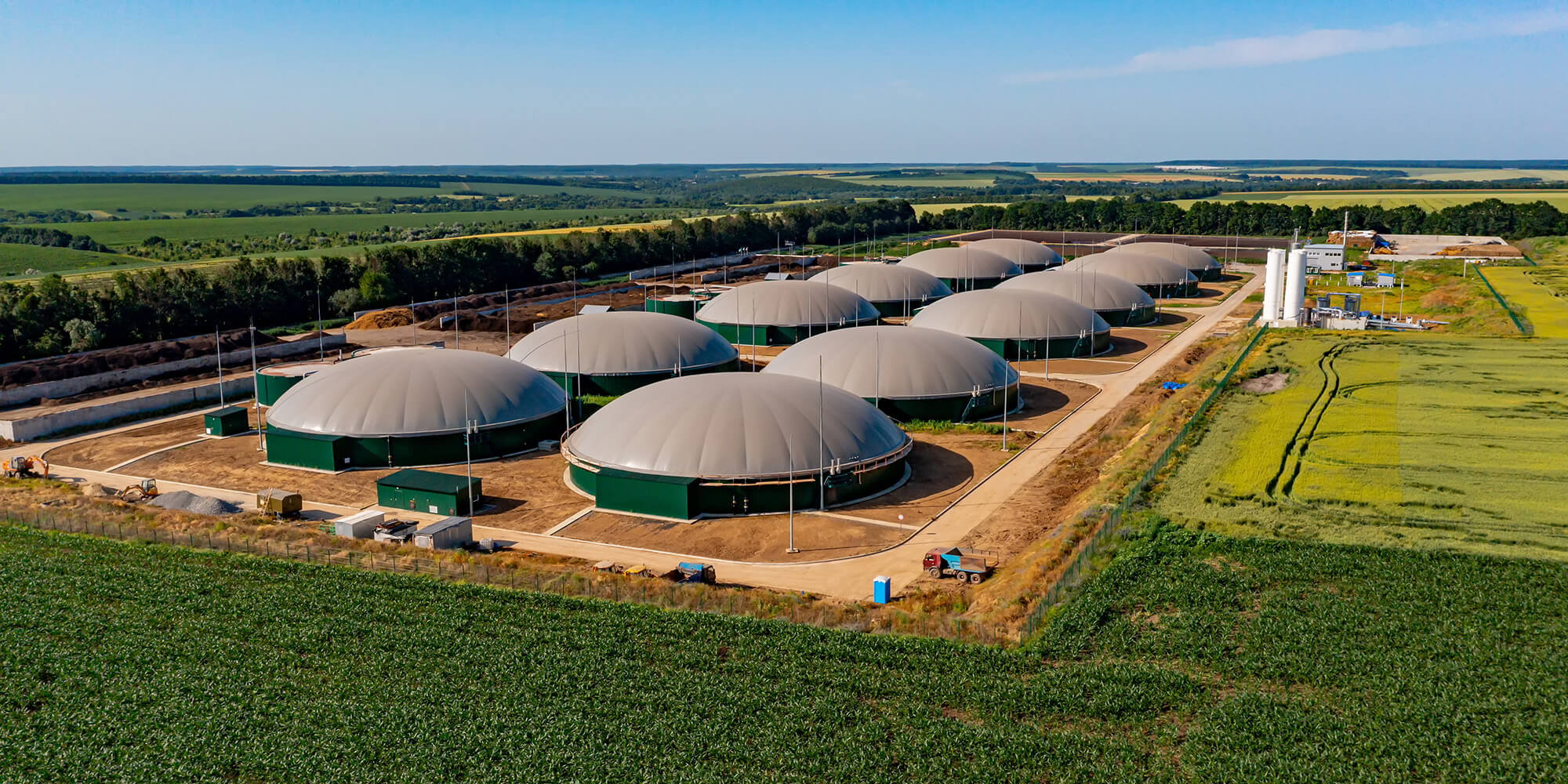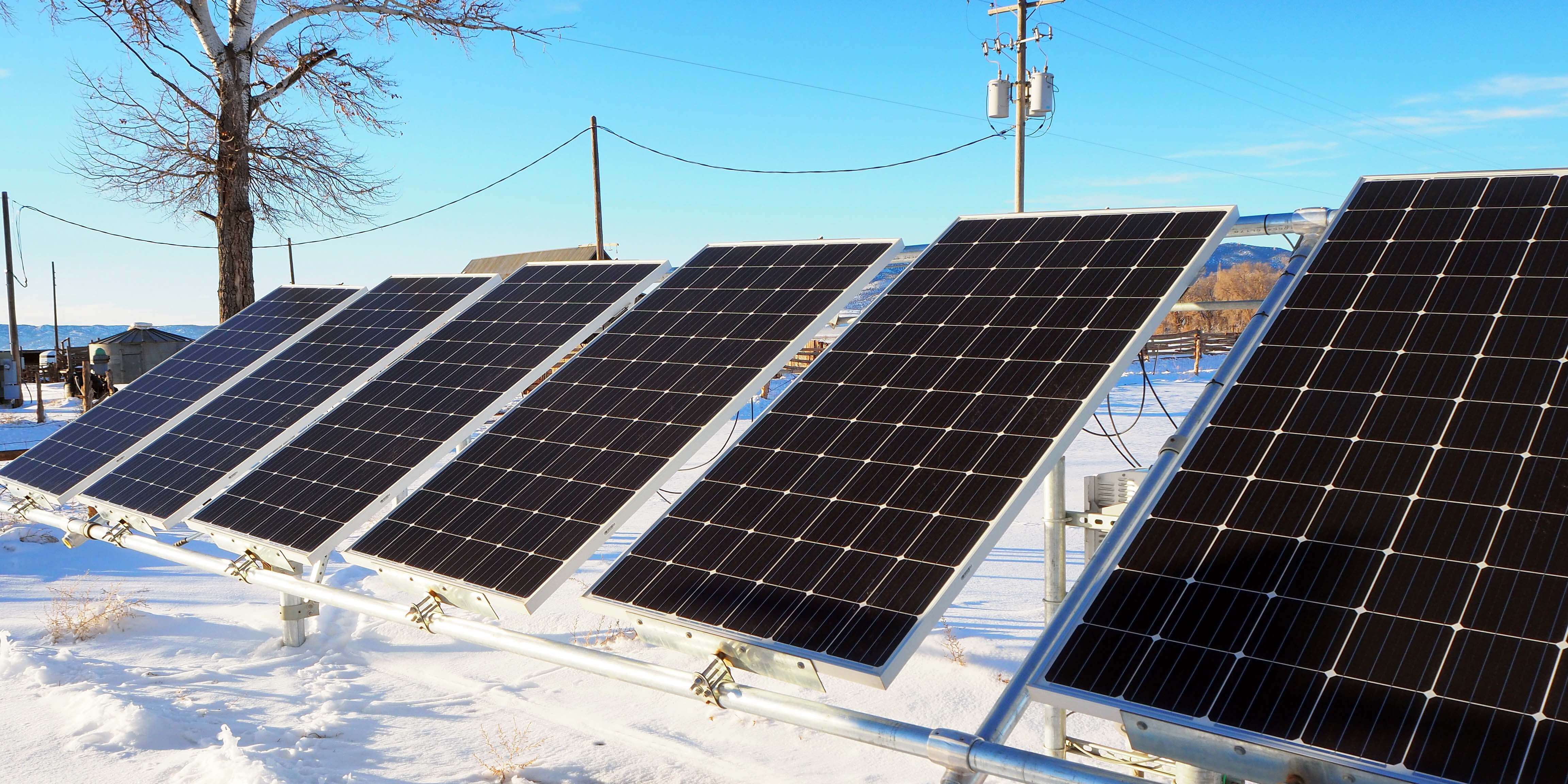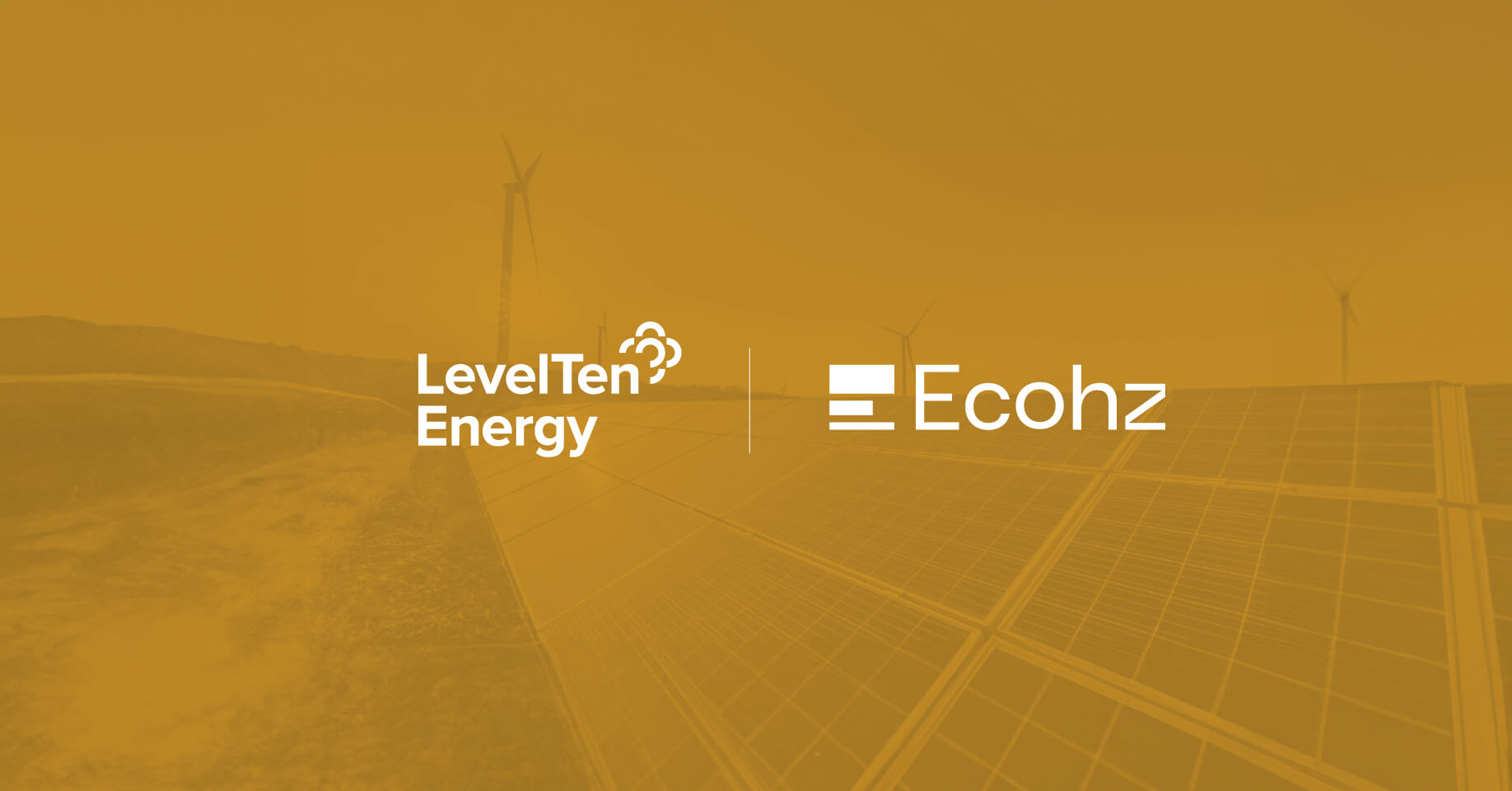Corporates can go one step further than purchasing renewable energy by top-financing one of these projects and make impact. H&M and ASML are among the companies that already have added new renewable energy to the grid through Ecohz GO2.
We spoke with Knut Olav Tveit, the Managing Director of the Norwegian Association of Small Scale Power Producers, to learn more about Norwegian hydro power and these projects.
Can you tell us a little about the purpose of the Association of Small Scale Power Producers?
The Association of Small Scale Power Producers represents owners of small scale power plants, those who build them, or have a special connection to the small scale power sector.
There are numerous power plant projects with building permits not being built – why is that?
There are more than 300 of these smaller power plants sites that are ready to be built. The larger, institutional investors are interested in the biggest projects, but the smallest of these 300 need to be financed by private landowners. Banks require 25 to 30% of the total investment as equity. Most private landowners cannot provide that without pledging their homes or farms to the bank, for many that pledge is too risky.
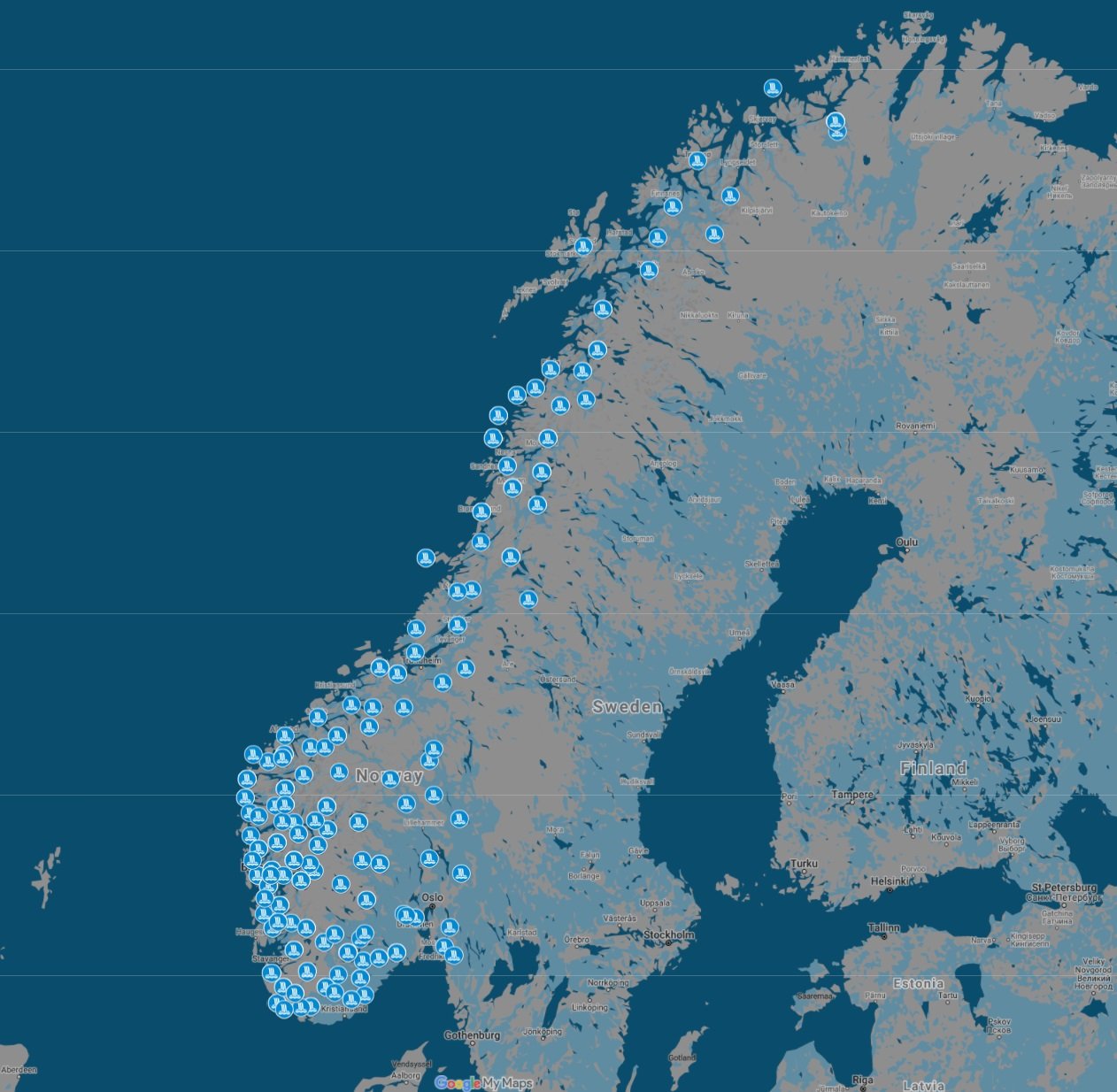
300 is quite a number. Do we know if there are enough water resources for all projects?
All permits granted are of course in compliance with the EU Water Framework Directive. NVE’s permit process compares a production potential of each site to its potential environmental impacts. They make sure that the proposed small scale production site has enough waterflow to operate efficiently, that it will not interfere with habitats that contain endangered species and that the local community will benefit appropriately from the investment. They also consider the entire catchment areas before granting permits. Multiple permits will not be granted if any of the previously mentioned factors interfere with one another. In short, NVE guarantees that any environmental ramifications are outweighed by the total societal benefit.
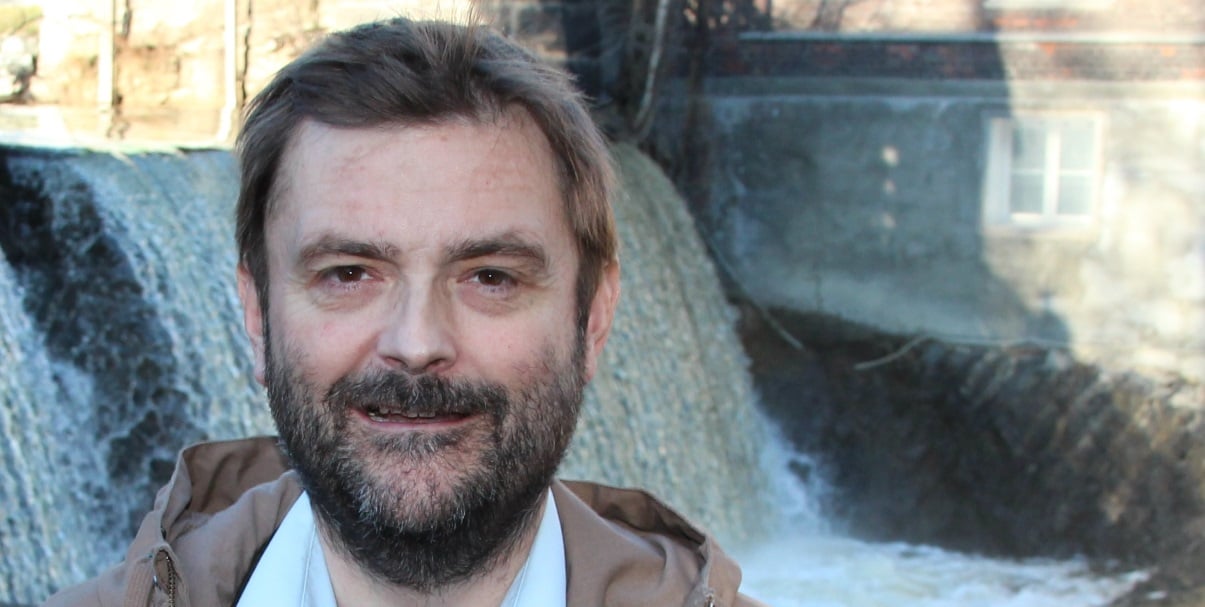
Does the extra income from Guarantees of Origin make the projects more lucrative?
Yes, and we are starting to see a significant effect now, as prices are reaching a level where they make a real impact on future income projections. The combined price of physical electricity and Guarantees of Origin can now give investors a profitable investment. However, most of the projects are still dependent on external help for the initial investment.
Are you seeing any other trends in the market?
At the moment we are seeing a quickly accelerating interest from institutional investors in the EU for Norwegian small scale hydropower. The Norwegian market is probably the frontrunner in the development and implementation of hydropower technology. The technology makes the sector extremely efficient, and recent developments continue to improve the situation even further. I would go so far as to say that small scale hydropower in Norway is the most efficient in the world.
We also see that the thoroughness of NVE in the permit process consistently generate positive externalities on a local level, creating a sustainable income for landowners. This has a long-term effect as landowners only initiate carefully vetted projects. After all their financial livelihood depends on the project. Combining these factors with the longevity of small scale power technology, we know that for each new small scale hydropower built, 50 – 70 years of renewable production is set into motion – this duration is highly competitive when compared to wind.
We also see that there is indeed a vacuum for all the sites that have complete permits, but lack financing. Luckily, external financing options are becoming available, and are aimed at the corporations and organisations that want to make a real impact by supporting the construction of these sustainable projects, concludes Knut Olav Tveit.
One option for supporting is Ecohz GO2. Today Ecohz has financed four projects, including three small scale hydropower projects in Norway. Two are already completed, as a direct result of the financing contribution provided by Ecohz’ customers through GO2.
GO2 is an impact product that combines the purchase of documented renewable power with the financing and building of new renewable power capacity.
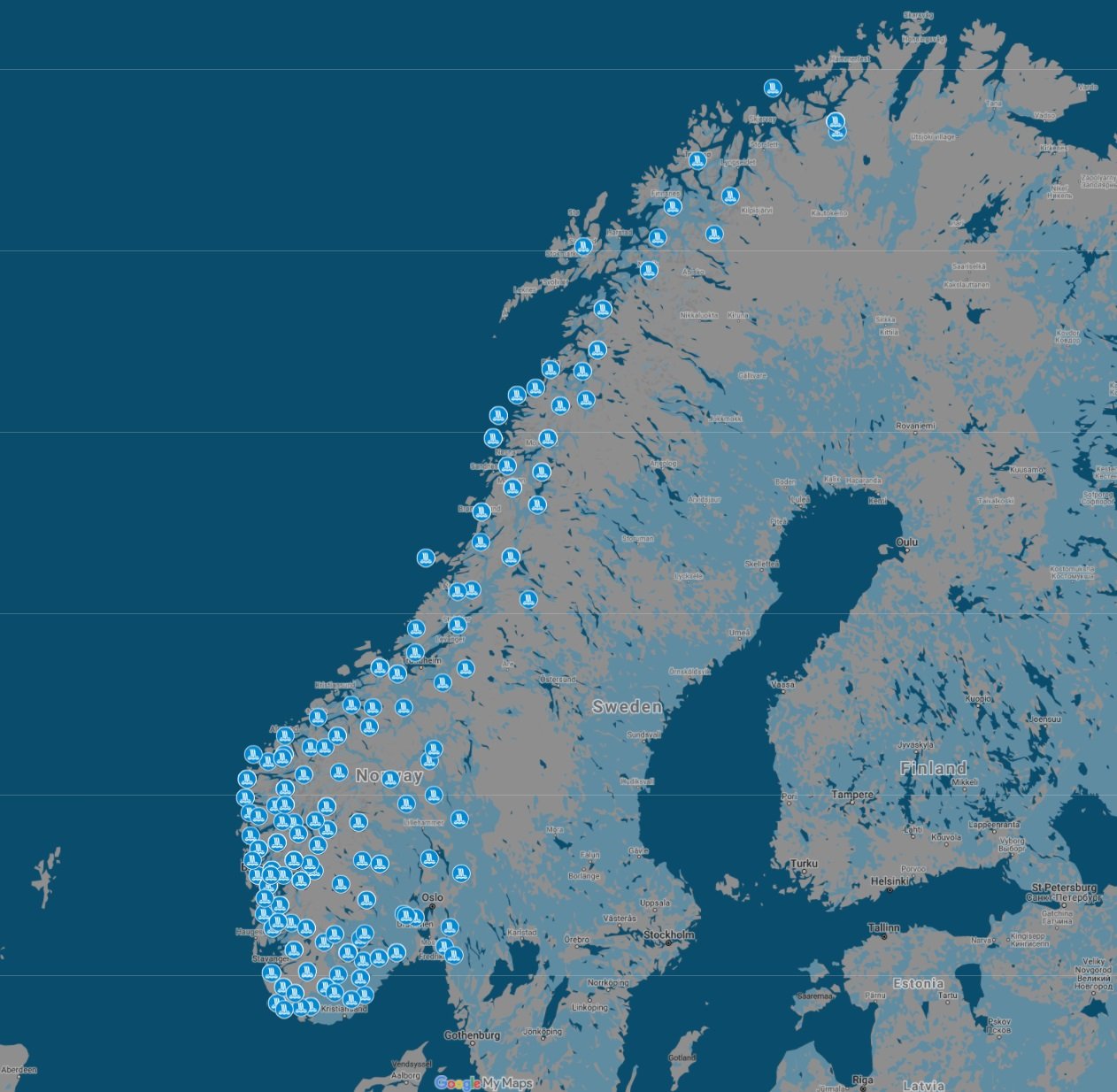
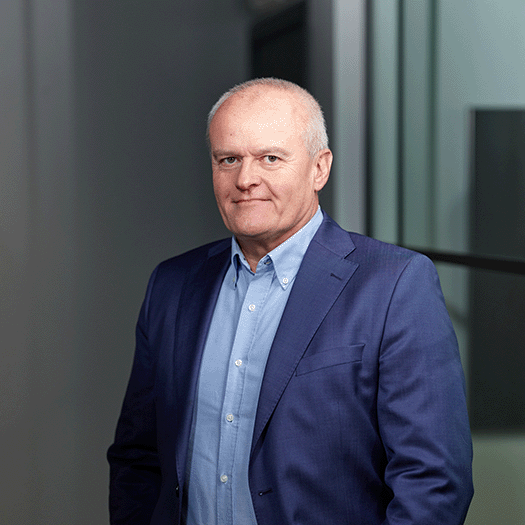
.png?width=3840&height=2560&name=Sun(1).png)

.png?width=3840&height=2560&name=Landscape_2(1).png)
